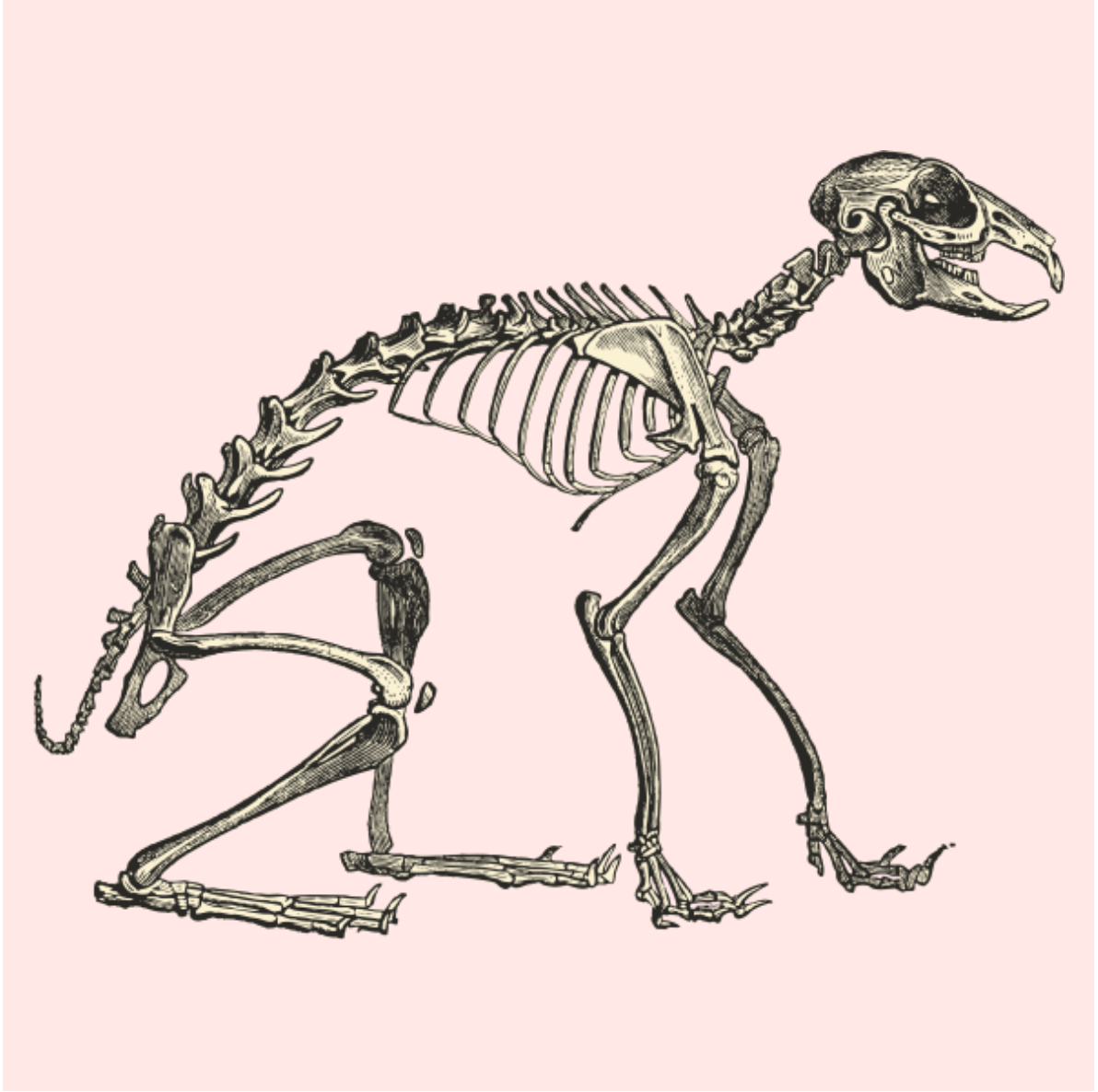Crazy Cures: I'm Glad I Didn't Have Period Pain 600 Years Ago
Praise the Lord for modern medicine.
A Middle English remedy for Period Pain in the 1400s
For Period Pain
Old English: Take a catt and smyte of the hede. Take owt the bowelles and lay it to the syde.
Translation: Take a cat and cut off the head. Take out the bowels and lay them to the side of the body.
For Heavy Periods
Old English: Take an hare fote and brenne it to powdre and lat hir drynke of that powdre with stale ale first and last till she be hole
Translation: Take a hare’s foot and burn it to powder and let her drink that powder with old, clear ale in the morning and the evening until she is cured.
What Were They Thinking?
We are familiar with the use of hot water bottles to soothe menstrual cramps and scientists recently demonstrated that these heat sources sooth cramps by preventing pain messages being sent to the brain. But using the intestines of a decapitated cat is quite a bit more alien – to say the least!
A live cat would have made more sense (and perhaps had some efficacy) through virtue of its warmth. It seems unlikely that the mere intestines could have had any similar kind of effect. Interestingly, from the sixteenth century, the word catgut was used in English to refer to the intestines of sheep and other kinds of cattle, which were spun into cord to be used as strings in musical instruments or as medical sutures.
The word can be traced back etymologically to refer to cat intestines, but there is no clear evidence that cat intestines were ever used for these medical or musical purposes. The use of cat intestines here, then, seems rather random!
The remedy for heavy periods which involves drinking powdered hare’s foot is easier to comprehend but unlikely to have been of any more medical benefit. The feet of hares and rabbits have long been used as good luck charms, and – even in the present day – examples survive of them being used as protective amulets against cramps and other misfortunes. Because it is powdered and drunk, the hare’s foot in the above recipe appears less like a charm or amulet and more like a medicine based on empirical know-how or the medieval medical theory of the four humours.
Nevertheless, the drink may have developed from, or been seen to have an added potency through, the reputation of the hare’s foot as a protective amulet.
By Dr Hannah Bower, a leading medieval literature specialist at the University of Cambridge






